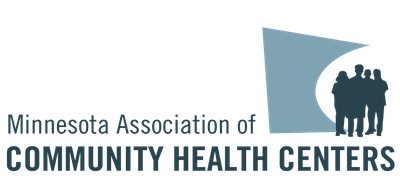The Importance of Integrated Care
A little over a week ago state patrol cleared the cedar-riverside encampment of it’s more than 80 residents. County workers were present to assist residents with storage, transportation and shelter support, but the result was the residents of the encampment were displaced. Bobcats removed what was left behind.
Three Community Health Centers were connected to residents of the encampment providing medical care. They reached out to MNACHC with concerns about continued medical services. A question about continuing prenatal care is one I have been thinking about daily. What happens in the wake of displacement? Forced displacement of even 3 miles can become a significant barrier to returning for needed care with a trusted provider. Labor and delivery can be stressful in the best of circumstances, I cannot imagine the loss of a trusted provider in what seem like dire circumstances, where the shelter you have is removed by the government also there to help you.
For more than 55 years, community health centers have been at the core of this country's safety-net health care system, providing care to individuals regardless of their ability to pay. Meeting people where they are, without judgement. Which is why health centers are a needed partner in solution driven outcomes for unsheltered populations.
Health Centers look at patients as a whole person. We know that integrating culturally appropriate healthcare while addressing social determinants of health- housing, employment, and childcare- are critical to positive outcomes. This requires patient engagement, which is why 51% of a health center board is made up of patients. We are driven by the communities we serve.
To make it easier for our patients all our services medical, dental, and behavioral health are under one roof. We partner with community health workers to assist patients in connecting to programs and services to address their individual needs. We are nimble, and willing to work with community and community partners to meet patients where they are.
I keep thinking of the expecting mother in the encampment. How important it was that our staff met her where she was so she could receive prenatal care. I wonder if she found shelter, if she was reconnected to her care team, if county social services were able to connect her with housing, with food, and with the support necessary to provide her stability for her and her child post encampment. While all my questions remain unanswered, I take hope in the work we are doing as a community to move forward, hopefully learning something new, and continuing to grow in holistic patient centered care.
Rochelle Westlund, Director of Public Policy
